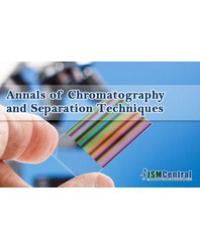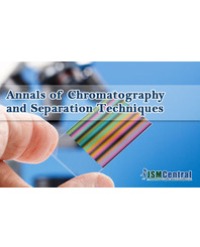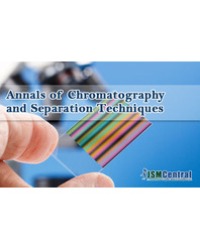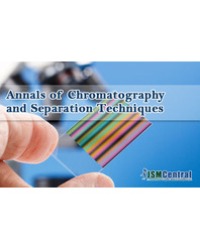
Evaluation of Modified Standard Procedure Performance for the Determination of Polycyclic Aromatic Hydrocarbons in Water by Gas Chromatography/Mass Spectrometry
Various methods were developed and validated for the analysis of Polycyclic Aromatic Hydrocarbons (PAHs), in the environmental samples. However, their analysis in relevant concentrations in environmental samples can be a challenging task. The aim of this study was to estimate the performance of a modified standard procedure for the determination of polycyclic aromatic hydrocarbons in environmental water samples using liquid-liquid extraction as a preparation step followed by gas chromatography/mass spectrometry. Implementation of long term quality control procedures after validation of the analytical procedures enables acquisition of accurate and reliable results. Three year monitoring of the quality control samples (containing 10-40 ng/L of PAHs) showed that method main characteristics, such as accuracy, precision and measurement uncertainty have constant stability and with no statistically significant changes during this period.
Aleksandra Tubić¹, Snežana Maletić¹, Jelena Molnar Jazić¹, Marijana Kragulj Isakovski¹, Jasmina Agbaba¹, Jelena Tričković¹ and Dalmacija Božo¹*




